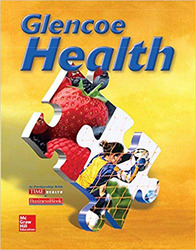1 2 3 4 5 6





